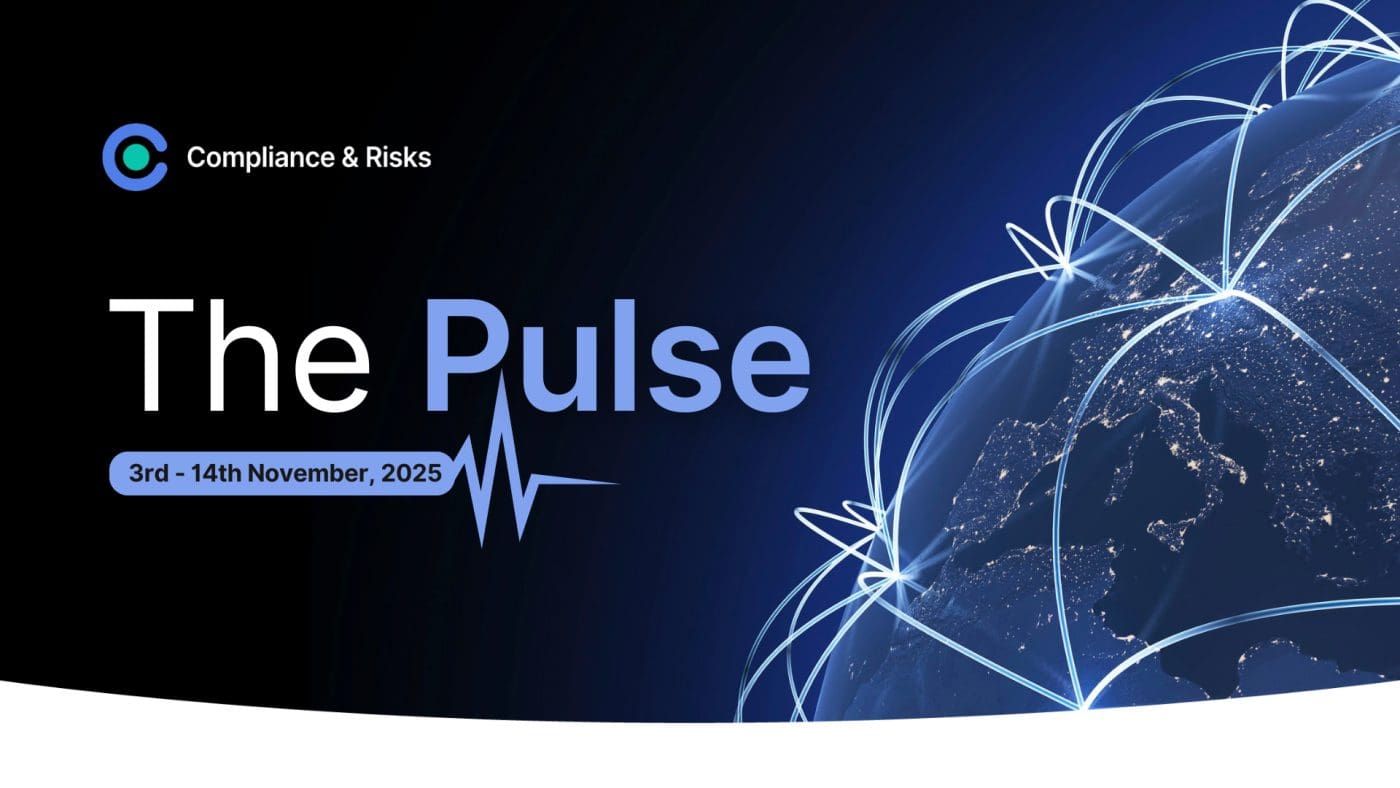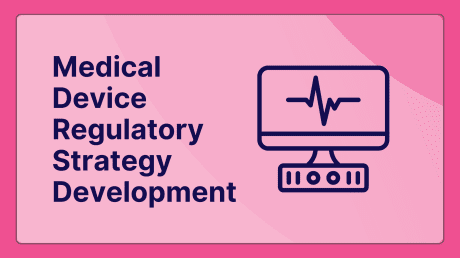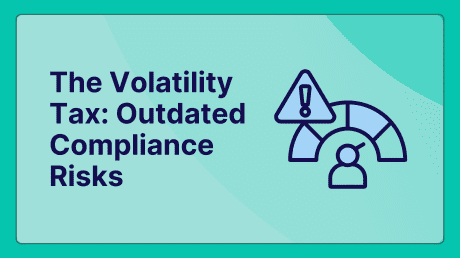
The Biweekly Pulse: 3rd – 14th November – SCIP Database, Triman Logo, Sustainability Reporting and Due Diligence Updates

The Pulse was originally posted on 19th November, 2025. Further regulatory developments may have occurred after publication. To keep up-to-date with the latest compliance news, sign up to our newsletter.
Check out the latest 2025 Regulatory Compliance Updates with The Pulse, your biweekly source for global regulatory insights!
This Week’s Trending Sources in C2P
- EU: Horizontal Ecodesign Requirements on Repairability for Consumer Products under ESPR Regulation, Preparatory Study, Draft Report, October 2025
- Canada: Use of Labels and Terms for Plastic Products and Packaging, Guidance Document, November 2025
- Western Australia (Australia): Guidance on the Expanded Plastic Packaging Ban, Guidance Document, May 2025
What is Our Content Team Talking About?
Breaking News: EU Parliament Adopted Position on “Content Proposal” Easing Sustainability Reporting and Due Diligence Obligations for Companies
by Célia Le Lièvre, Senior Regulatory Compliance Specialist
The EU Parliament has adopted its negotiating position on the so-called “content proposal” amending the Corporate Sustainability Reporting Directive (CSRD) and Corporate Sustainability Due Diligence Directive (CSDDD) with a view to reducing reporting and administrative burdens for companies.
The text was approved with 382 votes in favor, 249 against, and with 13 abstentions.
Sustainability reporting requirements
Negotiations among MEPs have resulted in a revised scope. MEPs agreed that only companies with more than 1750 employees on average and a net annual turnover > €450 million should be subject to social and environmental reporting. Entities meeting these criteria will also be required to disclose sustainability information in accordance with the EU taxonomy for sustainable investments.
The value chain cap on the information that may be requested from smaller companies outside the scope of the CSRD has been maintained. Large businesses will not be permitted to demand additional information from smaller value chain partners beyond what is defined in the voluntary standards to be adopted by the European Commission. These voluntary standards will be based on the Voluntary Standard for SMEs (VSME) and enacted through a delegated act.
Due diligence requirements
The Parliament has approved the revised scope advocated by the EU Council in its compromise text issued on 13 October. The scope of the CSDDD would be limited to large corporations employing more than 5,000 employees and with a net annual turnover above €1.5 billion.
Based on current reports, the Parliament’s new position also mandates companies to adopt a risk-based approach to monitoring and identifying their negative impact on people and the environment. Instead of systematically requesting information from their smaller business partners, they should rely on information that is already available and could only request additional information from their smaller business partners as a last resort.
What is more, in-scope companies would no longer be required to prepare a climate transition plan to align their business model with the Paris Agreement. Moreover, in line with the original proposal, the deal shifts enforcement and penalty frameworks to Member States. Offending companies will be liable at the national (rather than EU level) and will have to fully compensate their victims for damages.
The Parliament also calls on the European Commission to establish a digital portal granting free access to templates, guidelines, and information on all EU reporting obligations, supplementing the European Single Access Point (ESAP).
Next steps
Trilogue negotiations with the EU Council, which already adopted its position in October, will start on 18 November. The objective is to finalize the legislation by the end of 2025.
What Are Our Knowledge Partners Talking About?
The SCIP Database to be Scrapped Under EU Simplification?
by RINA
The Substances of Concern in Products (SCIP) database was a late addition to the European Union’s Waste Framework Directive (WFD). This introduced – from January 2021 – the requirement for companies placing articles on the EU market that contain substances of very high concern (SVHCs) above 0.1% weight by weight (w/w), to notify the European Chemicals Agency (ECHA) by submitting declarations to the database. This obligation duplicates the information required to be communicated as part of the REACH Article 33 obligation.
Previous feedback1 on the SCIP database has shown that the database has limited practical use and lack of meaningful insights. With small and medium-sized enterprises (SMEs) raising concerns about the high costs of IT system integration and waste operators challenging how such information can be traced back to individual articles or usefully used in large waste operating streams. This is in addition to the common issue related to gathering SVHC information, with a significant proportion of companies reporting difficulties in gathering the necessary information to make a notification to SCIP, and especially from suppliers outside of the EU. Therefore, stakeholders have previously questioned whether SCIP truly incentivizes the replacement of SVHCs with safer alternatives or assists with the safe disposal of waste at all.
To date, the SCIP database has amassed over 16 million article notifications, which although is an impressive number when considered in isolation, considering the number of articles being placed on the EU market which are likely to contain SVHC, falls significantly short of the expected number of submissions. As such, it comes as no surprise that the European Commission launched a public consultation to assess whether SCIP continues to meet its objectives and whether it should be maintained. This consultation was part of a broader initiative2 to streamline environmental legislation and reduce administrative burdens, with the aim of reducing administrative burdens by at least 25% for all companies. The consultation attracted a strikingly disproportionate response with over 98% of submissions coming from individuals, while businesses and industry associations accounted for less than 0.5%. A significant proportion of submissions highlighted that the requirements should not be changed, which is perhaps an opportunity missed for industry.
The simplification review, beyond the assessment of the SCIP database, also considered other measures which included the harmonization of the provisions for authorized representatives for extended producer responsibility (EPR) in each Member State where a producer sells a product falling under EPR rules and on facilitation of EPR reporting. This was with the intention of streamlining reporting obligations and promoting further digitalization of reporting in the areas of circular economy, industrial emissions and waste management.
What’s Next?
The future of the proposed simplifications, including the SCIP database, remains uncertain. While discontinuation is on the table, no final determination has been made and would need to consider the views expressed during the consultation period. The European Commission is currently reviewing the consultation feedback, with an advised decision deadline of the fourth quarter of 2025, although it might extend beyond this.
- ECHA 2022 SCIP Evaluation Report ↩︎
- Simplification of administrative burdens in environmental legislation ↩︎
What Are Our Clients Asking About?
Is the French Triman logo required on packaging for electrical products that are not used by private customers, but only for commercial purposes?
Answered by Conor O’Donoghue, Regulatory Compliance Specialist
The Triman logo is required by virtue of Article L541-9-3 of the French Environmental Code. It is true that it only applies to B2C packaging. This Article states that any product placed on the market intended for households subject to Point I of Article L541-10, with the exception of household packaging of glass drinks, shall be subject to this labeling requirement.
So, in order for the Triman logo to apply, two conditions must be met:
- It must be a product placed on the market intended for households; and
- The product must be subject to point I of Article L541-10. The products subject to this are listed in Article L541-10-1.
Therefore, B2B packaging does not require the Triman logo.
In relation to the first bullet point, it is important to note that “household” is not subject to any legal definition but covers a broad scope which could include products not necessarily intended for households but nonetheless may be accessible to households. Question 12 on this FAQ page from the French Ministry of Ecology does provide some guidance.
It states that if the product is likely to be placed on the market for a household, the Triman logo and sorting information is to be affixed. If the marketer is sure that the product cannot be placed on the market for a household, then they are not required to affix the Triman logo and sorting information.
Stay Ahead Of 2025 Regulatory Compliance Updates with The Pulse
Want to stay on top of 2025 Regulatory Compliance Updates?
All insights in The Pulse come directly from C2P – the trusted compliance platform used by over 300 of the world’s leading brands. With coverage across 195+ countries, C2P empowers you to achieve, maintain, and expand market access faster and with confidence.
C2P is an enterprise SaaS platform designed to meet your unique compliance needs. It brings together everything in one place – regulations, standards, requirements, and evidence – so you can manage compliance across the enterprise with ease.
Need more? Our tailored add-on packages unlock use-case-specific solutions, enriched global regulatory content, and direct access to a global team of subject matter experts and professional services.
C2P is your key to unlocking global market access.
- Accelerate time-to-market for products
- Reduce non-compliance risks that impact your ability to meet business goals and cause reputational damage
- Enable business continuity by digitizing your compliance process and building corporate memory
- Improve efficiency and enable your team to focus on business critical initiatives rather than manual tasks
- Save time with access to Compliance & Risks’ extensive Knowledge Partner network
Keep Your Finger on the Pulse of Regulatory News!
Join 30,000+ compliance professionals for 2025 regulatory compliance updates on hot compliance issues, market insights on the latest trends, and free regulatory webinars and whitepapers








